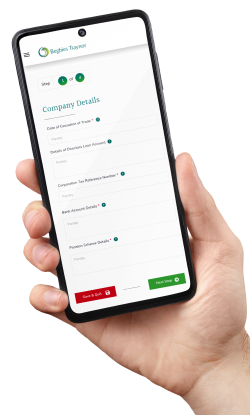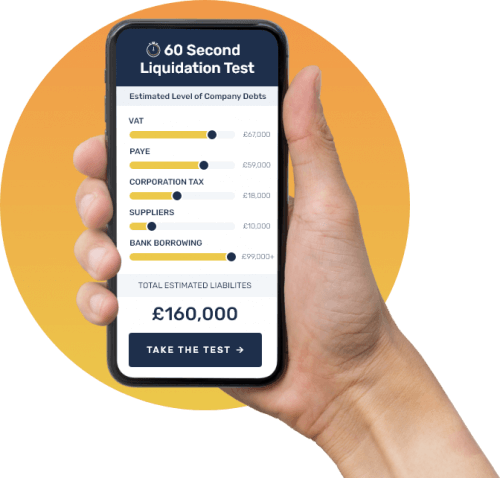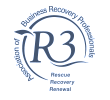Understanding Company Liquidation
Company closure can be the result of numerous different circumstances and ultimately becomes a voluntary or compulsory process. Whether a creditor is forcing your company into liquidation or you have chosen to wind-up your company affairs, UK Liquidators’ expert team can advise on the best way forward. Whether your company is solvent or insolvent, liquidation is a delicate process and needs to be handled by a licensed insolvency practitioner, of which we have over 100 across the UK.
Worried about your Bounce Back Loan?
If you are a limited company director worried about how you are going to repay your Bounce Back Loan, we are here to help. As licensed insolvency practitioners we can talk you through your options when it comes to repaying your outstanding Bounce Back Loan, as well as handling all negotiations with creditors on your behalf. Call our team today on 0800 063 9262 .
Compulsory Liquidation
In many cases, a company has hit upon hard times and what was once a viable business has become insolvent with creditors petitioning for the company to be liquidated. It is commonplace for HMRC to be a key creditor due to unpaid tax such as corporation tax and VAT and they regularly wind-up companies for this reason – though trade creditors (such as suppliers) could also do this if they have not been paid. The creditor or creditors can apply for a Winding Up Petition to be sent to your company which is the most serious step a creditor can take; they are effectively asking the Crown to shut down your company. Upon receiving a Winding Up Petition, time is truly of the essence as your company could be issued with a Winding Up Order after seven days if you do not act.
The first port of call should be to consult with a licensed insolvency practitioner to discuss your options. Thankfully, you can arrange a free initial consultation with one of our local insolvency practitioners at your convenience.
Director Redundancy Entitlement – Did you know that as a limited company director, you may be entitled to claim redundancy if your company enters into an insolvent liquidation process? We can point you towards a fully regulated third party who can provide advice on your right to claim director redundancy if this is applicable to your situation. To understand if you are entitled, give a member of our team a call on 0800 063 9262, or email [email protected].
Liquidation Portal
For Company Directors
- Reduce Stress - Lose Creditor Pressure
- Clear & Simple Visual Dashboard - Track your Progress
- Affordable Fixed Price Liquidation











































